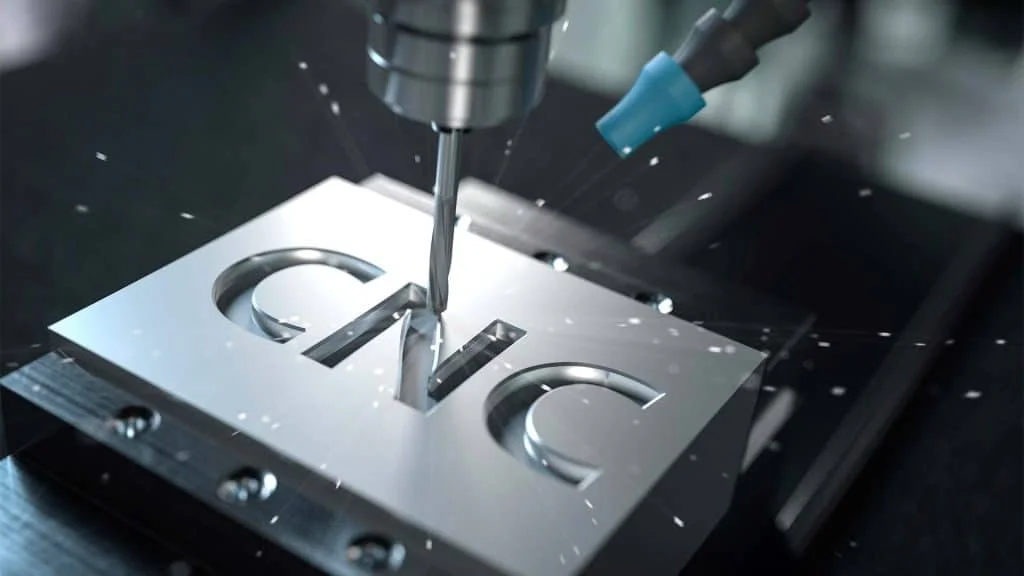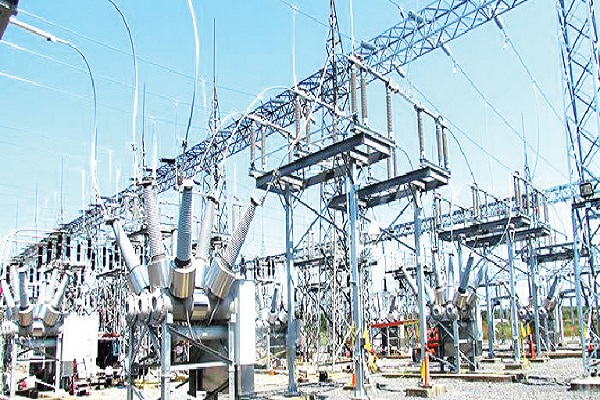Copyright researchsnipers

The modern manufacturing landscape is undergoing a dramatic transformation. Precision engineering, once dominated by manual skill and human oversight, now finds itself intertwined with the rise of automation. As industries demand higher efficiency, tighter tolerances, and faster production cycles, the synergy between precision engineering and automated systems has become a cornerstone of modern innovation. The Evolution of Precision Engineering Traditionally, precision engineering relied heavily on the skill of human operators. Machinists and engineers meticulously crafted components, ensuring every measurement and alignment met strict standards. The process, while effective, was often time-consuming and susceptible to human error. With the advent of computer numerical control (CNC) machines, the field began to shift. CNC technology allowed for unprecedented consistency and repeatability, reducing the reliance on manual intervention. Engineers could now program machines to execute complex operations with pinpoint accuracy, minimizing defects and improving overall product quality. Automation’s Role in Modern Manufacturing Automation has accelerated this transformation. Robotic systems, integrated sensors, and intelligent software now enable factories to operate with minimal human oversight while maintaining exceptionally high standards of precision. Automated workflows not only increase output but also allow engineers to focus on optimizing design and process efficiency rather than repetitive tasks. For industries such as aerospace, automotive, and medical device manufacturing, this precision is critical. Components must meet stringent tolerances to ensure performance and safety. Even minor deviations can have significant consequences. Automation ensures that each piece produced adheres closely to the intended specifications, reducing waste and increasing reliability. Integrating Advanced Tools Modern precision engineering is not only about automating tasks; it’s also about enhancing capabilities with advanced tools. One significant development in this area is the integration of laser technologies with CNC machinery. Laser systems enable high-precision cutting, engraving, and welding, often achieving levels of accuracy that traditional mechanical tools cannot match. A practical example of this is the Opt lasers CNC laser. By upgrading existing CNC machines with laser modules, manufacturers can achieve cleaner cuts, finer details, and faster processing times. This combination of CNC precision and laser versatility represents a significant leap forward, allowing businesses to tackle complex projects that were previously difficult or impossible to execute efficiently. Benefits for Quality and Efficiency The integration of automation and advanced tools brings multiple benefits. Firstly, quality control becomes more consistent. Automated systems are capable of detecting deviations in real time and making adjustments on the fly, significantly reducing defects. Secondly, production efficiency improves. Machines can operate continuously, with minimal downtime, and maintain high throughput without sacrificing precision. Additionally, the adoption of smart tools allows for predictive maintenance. Sensors and monitoring software can track wear and tear, alerting engineers before a problem becomes critical. This reduces unexpected downtime and prolongs the lifespan of expensive equipment. Precision Engineering in Emerging Industries As technology evolves, precision engineering plays a crucial role in emerging sectors. Industries such as renewable energy, robotics, and electric vehicles demand components with exacting tolerances and high performance. Automated systems equipped with cutting-edge tools ensure that manufacturers can meet these requirements while scaling production efficiently. Moreover, the integration of laser-enhanced CNC systems enables rapid prototyping and iteration. Engineers can test and refine designs with remarkable speed, accelerating innovation cycles and helping companies respond to market demands more effectively. Challenges and Considerations Despite its benefits, the transition to automated precision engineering is not without challenges. Implementing advanced machinery requires significant investment, training, and a robust infrastructure. There is also a need for highly skilled personnel who can manage, maintain, and optimize these systems. Cybersecurity and data management are additional considerations. Automated systems generate large volumes of data, and ensuring the integrity and security of this information is critical. Manufacturers must develop strategies to protect sensitive designs and operational information from potential threats. Looking Ahead The future of precision engineering is closely tied to the advancement of automation and intelligent tools. As technologies like AI, machine learning, and smart sensors become more integrated, manufacturing processes will continue to evolve toward higher efficiency, accuracy, and adaptability. By combining traditional engineering expertise with cutting-edge automation and laser-enhanced machinery, industries can produce components that meet the most exacting standards while reducing costs and production time. This balance between human ingenuity and technological precision defines the next era of manufacturing innovation. In conclusion Precision engineering in the age of automation is not merely about replacing human labor; it is about enhancing capabilities, ensuring quality, and enabling industries to meet the complex demands of the modern world.



